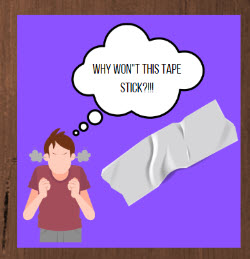What additives are used to make polyethylene flexible sheeting?
Polyethylene (PE) is a versatile and widely used polymer that can be processed into various forms, including flexible sheeting. To make polyethylene flexible sheeting, a variety of additives are used to modify its mechanical and physical properties. Here are some of the most commonly used additives for this purpose:
- Plasticizers: These are low-molecular-weight compounds that are added to polyethylene to increase its flexibility and reduce its brittleness. Common plasticizers used in flexible sheeting include phthalates, adipates, and trimellitates.
- Slip agents: These are additives that reduce the coefficient of friction between the surfaces of the polyethylene sheets, making them easier to handle and reducing the likelihood of sticking during processing. Examples of slip agents used in polyethylene sheeting include fatty amides, silicone oils, and erucamide.
- Antioxidants: These are additives that protect polyethylene from degradation due to exposure to heat, light, and oxygen. Common antioxidants used in polyethylene sheeting include hindered phenols, phosphites, and thioesters.
- Anti-blocking agents: These are additives that prevent the polyethylene sheets from sticking together or to other surfaces, which can occur due to the high surface energy of the material. Examples of anti-blocking agents used in polyethylene sheeting include talc, silica, and diatomaceous earth.
- UV stabilizers: These are additives that protect polyethylene from degradation caused by exposure to UV radiation from the sun. Examples of UV stabilizers used in polyethylene sheeting include hindered amine light stabilizers (HALS), benzotriazoles, and benzophenones.
- Colorants: These are additives that add color to the polyethylene sheeting, making it more aesthetically pleasing and helping to distinguish between different products. Colorants can be either organic or inorganic pigments, depending on the desired properties of the sheeting.
Overall, the combination of these additives and their concentrations can be tailored to achieve the desired mechanical, physical, and aesthetic properties of the polyethylene flexible sheeting.


